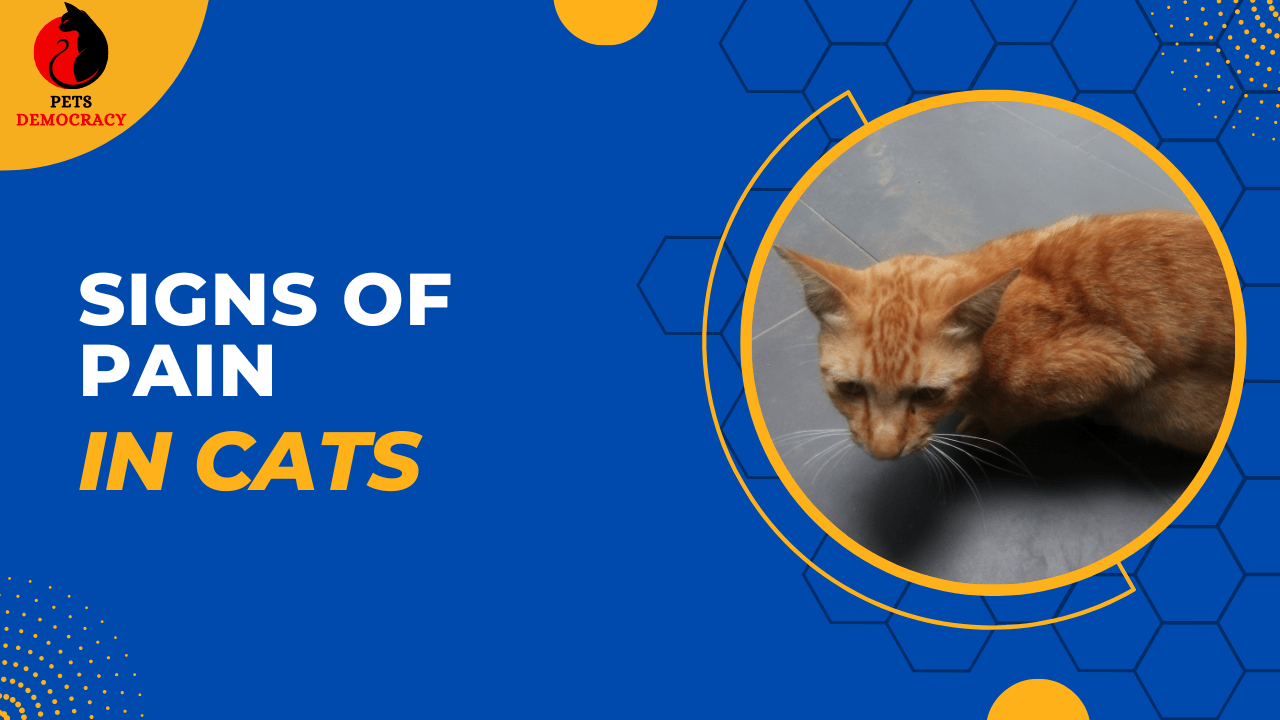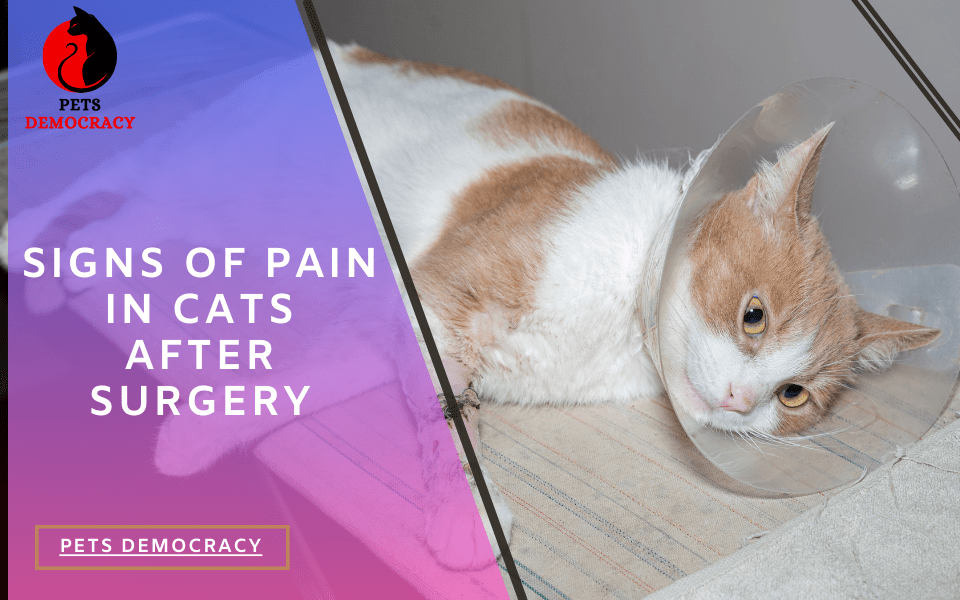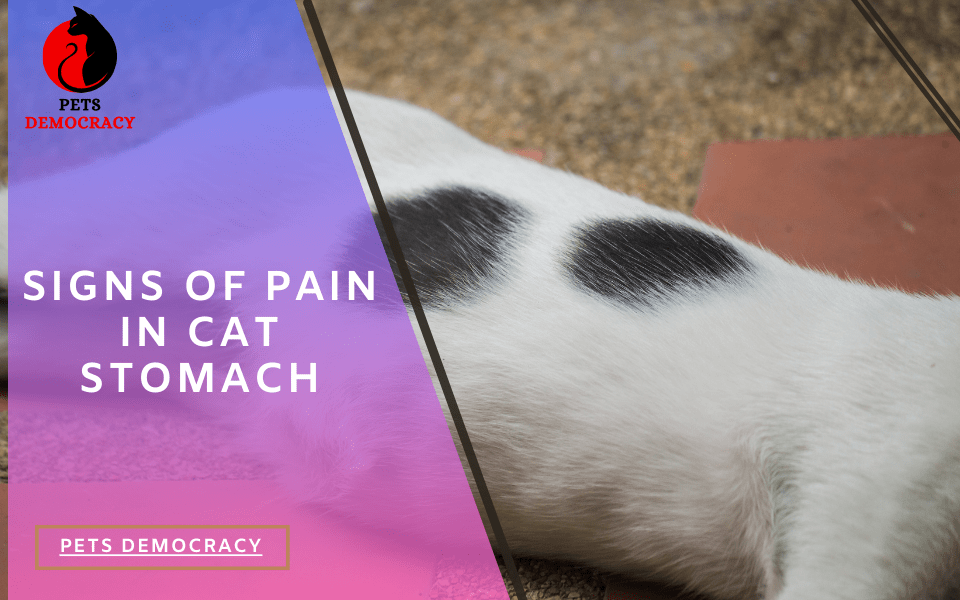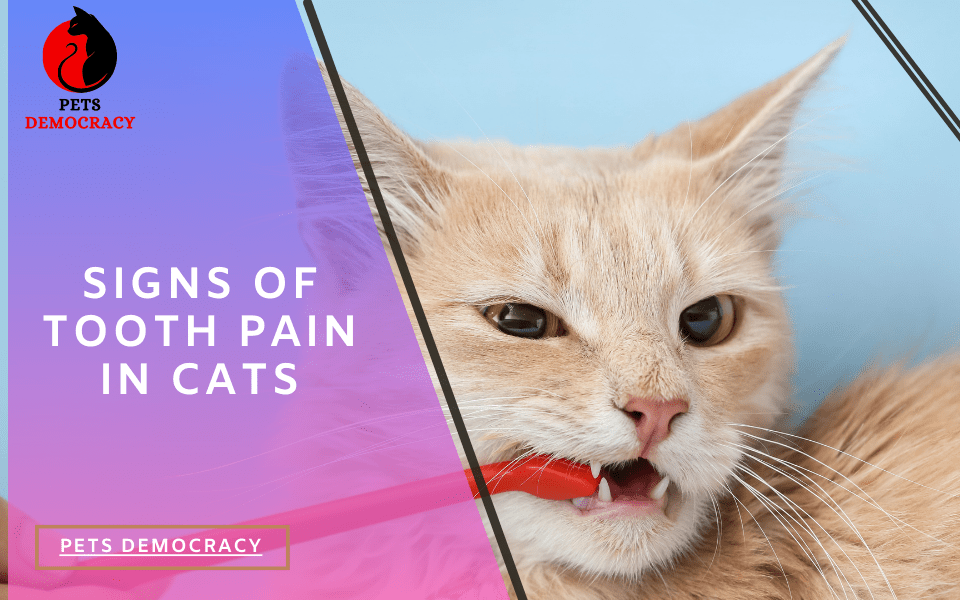
This comprehensive guide will delve into the various signs of pain in cats, including specific conditions such as post-surgery pain, stomach pain, and tooth pain.
By becoming adept at identifying these signs, you can ensure your cat receives the timely care and attention they need to lead a healthy, pain-free life.
As pet owners, one of the most challenging tasks is recognizing when our feline friends are in pain. Unlike humans, cats can’t verbally express their discomfort, so it falls upon us to observe and understand the subtle signs they exhibit.
Understanding General Signs of Pain in Cats
Behavioral Changes
Behavioral changes are often the first indicators of pain in cats. If your typically friendly and social cat suddenly becomes reclusive, irritable, or aggressive, it could be a sign they are experiencing discomfort.
Changes in grooming habits, such as over-grooming or neglecting their coat, can also signal pain. Additionally, cats in pain may vocalize more than usual, with increased meowing, growling, or purring as a self-soothing mechanism.
Physical Signs
Physical signs are also crucial in identifying pain in cats. Look for changes in posture, such as a hunched back or reluctance to move.
Limping, stiffness, and difficulty jumping or climbing are clear indicators of pain, often related to musculoskeletal issues.
Changes in appetite and weight loss can also be signs of underlying pain, as discomfort can reduce a cat’s willingness to eat.
Physiological Changes
Physiological changes, including increased heart rate, rapid breathing, and dilated pupils, are common responses to pain. You might also notice your cat licking or biting a specific area excessively, indicating localized pain.
Increased salivation and changes in bathroom habits, such as frequent urination or difficulty defecating, can also be signs of discomfort.
Signs of Pain in Cats After Surgery

Post-Surgical Pain Indicators
Post-surgery, it is crucial to monitor your cat for signs of pain. Cats may exhibit lethargy, reduced appetite, and reluctance to move or play.
Swelling, redness, or discharge at the surgical site are also indicators of pain and possible infection. Pay close attention to any vocalizations your cat makes when you touch or move them, as this can be a direct response to pain.
Managing Post-Surgical Pain
Proper pain management is essential for recovery. Your veterinarian will likely prescribe pain medications, but you can also create a comfortable recovery environment.
Provide a quiet, warm space for your cat to rest, and limit their activity to prevent stress on the surgical site. Follow your vet’s instructions regarding wound care and monitor for any signs of complications.
Signs of Pain in Cat Stomach

Identifying Stomach Pain
Stomach pain in cats can be particularly distressing and may present through various symptoms. Vomiting, diarrhea, and constipation are common signs of gastrointestinal discomfort.
Your cat may also exhibit a bloated abdomen, loss of appetite, and excessive drooling. They might adopt a hunched posture or vocalize more when their abdomen is touched.
Common Causes of Stomach Pain
Stomach pain can be caused by a range of issues, including dietary indiscretion, gastrointestinal infections, and chronic conditions like inflammatory bowel disease or pancreatitis. Ingesting foreign objects or toxic substances can also lead to severe abdominal pain.
Treatment and Management
Treatment depends on the underlying cause. Dietary adjustments, hydration, and medications to address specific conditions can alleviate stomach pain.
In severe cases, such as obstruction or poisoning, immediate veterinary intervention is necessary. Regular veterinary check-ups can help detect and manage chronic conditions that cause abdominal pain.
Signs of Tooth Pain in Cats

Recognizing Dental Pain
Tooth pain is a common issue in cats, particularly as they age. Signs of dental pain include drooling, bad breath, pawing at the mouth, and difficulty eating or chewing.
You might also notice your cat favoring one side of their mouth or dropping food while eating. Visible signs such as red, swollen gums, and broken or missing teeth are clear indicators of dental problems.
Common Dental Issues
Dental pain can stem from various issues, including periodontal disease, tooth resorption, and oral infections.
Regular dental check-ups and cleanings are crucial in preventing and managing these conditions. Left untreated, dental issues can lead to significant pain and secondary health problems.
Addressing Dental Pain
Addressing dental pain typically involves professional cleaning and, in some cases, tooth extractions. Your veterinarian may also recommend pain relief medications and changes in diet to accommodate your cat’s dental health.
Ensuring your cat receives regular dental care is vital in preventing pain and maintaining their overall well-being.
FAQs About Signs of Pain in Cats
What are the common signs of pain in cats?
Common signs of pain in cats include behavioral changes such as increased vocalization, aggression, or reclusiveness, physical signs like limping, stiffness, and changes in posture, and physiological changes such as increased heart rate and dilated pupils.
How can I tell if my cat is in pain after surgery?
Signs of pain in cats after surgery include lethargy, reduced appetite, reluctance to move, swelling, redness, or discharge at the surgical site, and increased vocalizations when touched. It’s essential to follow your vet’s post-operative care instructions and monitor your cat closely for any signs of discomfort or complications.
What are the signs of stomach pain in cats?
Signs of stomach pain in cats include vomiting, diarrhea, constipation, bloated abdomen, loss of appetite, excessive drooling, and a hunched posture. Cats may also vocalize more when their abdomen is touched and exhibit changes in their bathroom habits.
How do I recognize tooth pain in my cat?
Tooth pain in cats can be recognized by symptoms such as drooling, bad breath, pawing at the mouth, difficulty eating or chewing, favoring one side of the mouth, and dropping food while eating. Visible signs include red, swollen gums, and broken or missing teeth.
Can stress cause signs of pain in cats?
Yes, stress can exacerbate signs of pain in cats or lead to behaviors that mimic pain. It’s important to identify and minimize sources of stress in your cat’s environment. A stable, calm, and enriching environment can help reduce stress-related behaviors.
Conclusion
Recognizing the signs of pain in cats is essential for their well-being. By understanding and observing the behavioral, physical, and physiological indicators of pain, you can ensure your feline companion receives the care they need.
Whether dealing with post-surgical pain, stomach pain, or dental issues, early detection and appropriate intervention can significantly improve your cat’s quality of life. Always consult your veterinarian for guidance and support in managing your cat’s pain and health needs.



Pingback: Signs Of Ear Infections In Cats || 2024 » Pets Democracy
Pingback: Cat Separation Anxiety At Night || 2024 » Pets Democracy